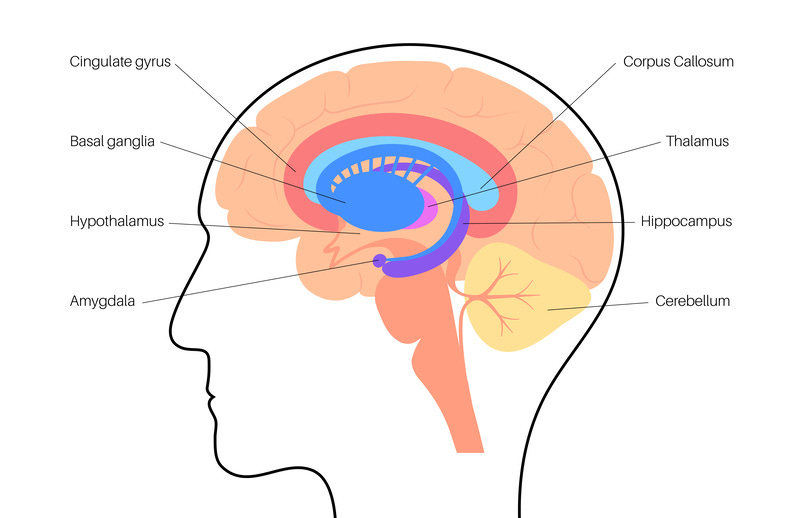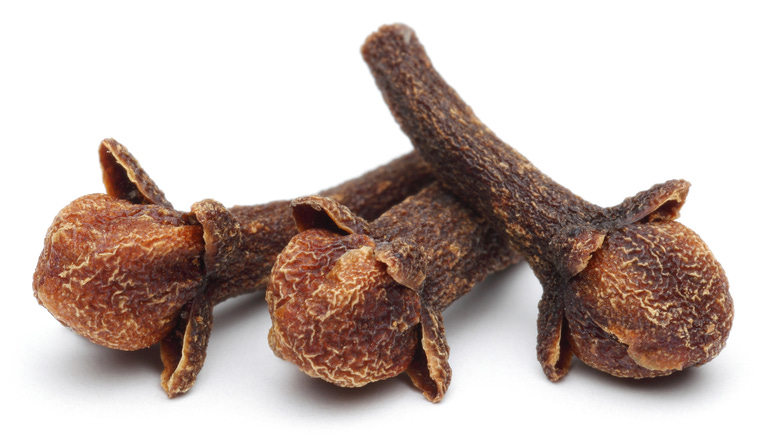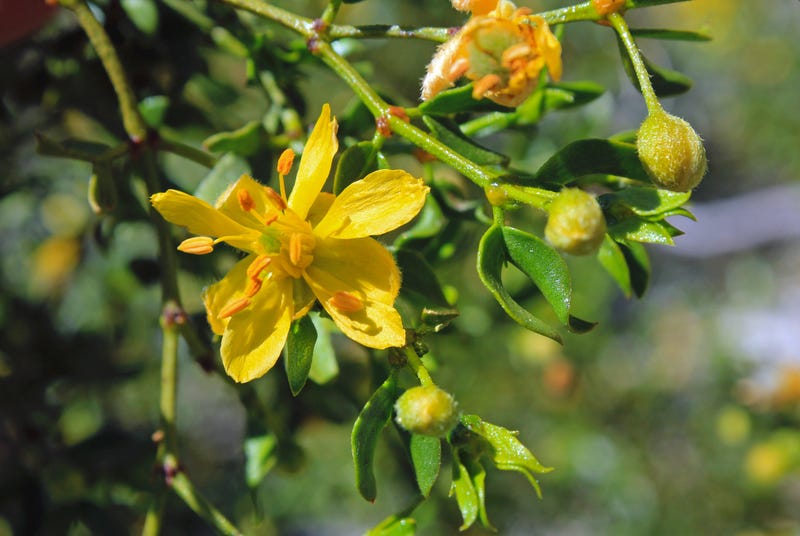According to many pundits, what happens in the mouth has an immense influence on general health, meaning that we can sometimes “fix what is broken” by starting with oral hygiene and what is ingested.
Food is an immense subject and I will be writing more and more on it, but it is such a broad — and dare I add habitual routine — that it would be a digression now. However, I would be remiss if failing to mention that senses are interrelated, and the sense of smell is the most basic. So, eating should begin with temptation generated by anticipation of something delectable and nourishing. This promotes salivation. If in doubt, watch your dog! We might not drool quite as much, but we are not so high up the food chain that excitement does not portend pleasure.
Interestingly, saliva not only moisturizers food to make it more digestible, it also has a tremendous effect on teeth. Dentists teach that it affects regeneration of tooth enamel. For years, I believed this. It resulted in efforts to avoid glycerin in toothpaste and to swish with horsetail and other mineral rich substances, but then I bought an intraoral camera and became addicted to its potential. These cameras are very inexpensive as well as easy to use. The LED lights are really intense, and the magnification is amazing. I began to wonder what dentists really see when they are prowling around in the mouth with all kinds of sprays and particulates. Imagine one single tooth filling your entire computer screen and compare this to what the dentist sees with countless inferences with clarity of vision.
To prevent reflection, I removed moisture on the teeth. This is not 100% possible, but one gets a better picture if the tooth is not glistening. If the camera is positioned behind the tooth, the insides of the teeth are visible, especially with the front teeth. Obviously this gets harder as we go back and the teeth are bigger and stronger and harder to view.
As noted, I was playing around, sometimes for half an hour at a time; and this revealed a lot of movement inside the teeth. Yes, we are taught that there is very little circulation inside the teeth, but what is happening there is actually exciting. I became convinced that more regeneration occurs from within that from without, meaning that the nutrients that circulate may be just as important or even more crucial to successful regeneration than whatever we apply topically.
This is something unlikely to be studied by researchers and dentists because the window of observation is impractically long. An individual who is curious can, however, study this over many months. I predict that this kind of prolonged monitoring will make converts of patients if not practitioners.
Catch-22
My communication sometimes depends on taking time to connect dots so I will propose that we create links between a few dots that are very important to our health.
The first is that we know the mouth can be a place where germs incubate and mix with saliva and food and travel throughout the body. The relationship between tooth infections and heart disease is very well established, but we should also think of the brain and gastrointestinal tract because the distance from the mouth to the brain is perilously close. Numerous declines in cognitive function have been traced to oral issues: periodontal infections and tooth decay. I think we can add materials used in dentistry that are unsafe. Some studies suggest that chewing stimulates the hippocampus and therefore affects memory and recall.
Here is one tip that is relatively simple. When there are known issues such as decay, abscesses, gum infections, heavy coating on the tongue, and even sloppy dental work, rinsing the mouth very thoroughly before eating may lessen the migration of harmful organisms into the stomach and intestines. My favorite is not spilanthes, but it should be obvious that people with dry mouths can consider this fascinating flower. The two substances on which I most often rely are cinnamon and chaparral, not together but one or the other.
Clove buds are another option. They are very intense, but extremely disinfecting. I would use them if there were a known issue that is dangerous and sometimes painful. It will reduce the risks quite quickly. Because I love to experiment, I have little packets of this and that all over the place. One can mix clove powder with toothpaste or tooth powder. One can also use clove bud essential oil or concentrates of clove bud extracted using carbon dioxide. This is food grade and very, very potent.
After reading the post on Spilanthes, you realize that I don’t give my dentist a free hand. I do not allow him to use antibiotics, disinfectants, styptics, or any pharmaceutical products. I bring my tiny bottles of clove oil and dragon’s blood with me, and he knows how to use them. . . but only on me. He is not changing what he does with others. One additional precaution I take at the dentist is to rinse my mouth five or six times with diluted cinnamon bark (CO2 extraction) before getting into the chair. I believe this greatly reduces the risk of spreading infection.
One can become overzealous and this is not really advisable, but the point here is to be extra careful when there are known risks. Over the years, I have seen patients with almost every oral health issue we could imagine and also every health challenge we could imagine. I also know a lot of dentists, and they have sometimes seen total remissions of life-threatening illness after addressing one or more oral health issues: infertility, blood poisoning, multiple sclerosis, ovarian cancer, autism, Alzheimer’s disease, and many other conditions.
Chaparral
I should write a booklet on this fascinating plant. It is native to the Southwestern United States and Mexico. The smell and taste take time to appreciate. Perhaps the name creosote bush helps one to move from aversion to reverence. The leaf and twigs can be made into teas, powder, or tinctures. I mix the powder with toothpaste and also rinse with powder if I have a sore throat or signs of tooth decay. The tincture can also be used. Truth be told, I sleep with various herbs under my pillow and sometimes take herbs during the middle of the night. Throughout my life, I have traveled extensively and picked up many tropical infections. I have also worked with some very sick people, often with purulent open wounds so it pays to have a medicine chest!
Dental Restorations
In a previous post, I mentioned attending an oral toxicology seminar. In the opening statements, the dentist told his colleagues that dentists are responsible for 98% of deaths. You can imagine the reaction of the other dentists in the room. The real issue is that most dentists are not using safe materials. Amalgam fillings contain mercury, a highly poisonous substance that is linked mainly to neurological issues, but my own experience with toxic metals is that they also interfere with the functioning of the immune system. What I have observed in darkfield microscopy is that the white blood cells die and decompose. When chelating with cilantro, the evidence of toxicity can sometimes disappear in six days, but it does not mean that metals are gone because we can only see what is in circulation, not what may be warehoused in the kidneys, liver, lungs, and brain.
The dangers of amalgams were acknowledged by the German government after Der Spiegel ran a series of articles. The government paid for the removal and replacement of amalgams but not for chelation. In Sweden, crematoriums were required to remove amalgams before cremating the deceased. In short, mercury is a medical and environmental nightmare.
Composite fillings are, unfortunately, not much better. They are xenoestrogenic and potentially very dangerous, especially for anyone at risk of estrogen-sensitive malignancies. Worse, similar chemicals are found in the bonding agents used for inlays, onlays, and crowns. Technology is constantly changing, but I am not aware of any dental restoration materials that could be genuinely regarded as 100% non-toxic and holistic.
After much studying, I replaced my fillings with Cerec restorations. In my experience, the restorations are excellent and aesthetic, but they must still be bonded to the tooth so this is a catch-22.
Copyright by Dr. Ingrid Naiman 2023 || All Rights Reserved
Additional Information on Chaparral:
https://www.cancerplants.com/cancer-plants/chaparral/
This is my site and has a lot of material and a video link.
Free Download of my pdf on Mercury and Immunity:
Free Download of my pdf on Xenoestrogens:
Image Credits:
Dreamstime, Cloves: Mahira
Dreamstime, Brain Illustration: Tetiana Pavliuchenko
Dreamstime, Chaparral: Gene Zhang
Available from: https://toxicteeth.com/product/chaparral-extract-2-oz/








Hi Ingrid, next month I will start having my 2 amalgams filling removed . What type of fillings do you recommend for replacement? And for my detox of the whole body? Cilantro and body steaming?
Thank you,
Phyllis Robinson